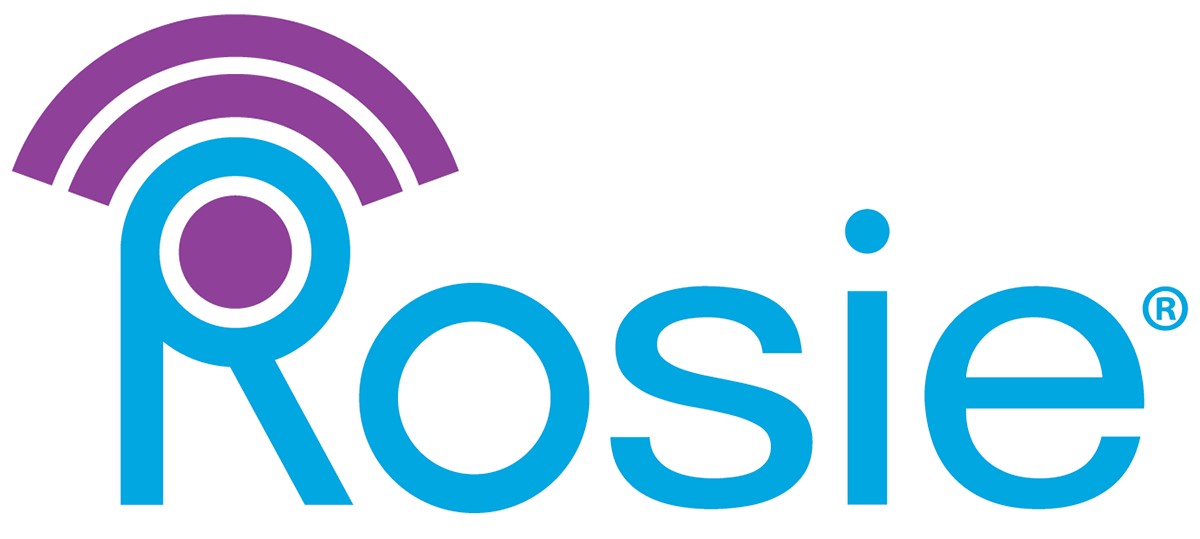How Does Telemedicine Work?
Telemedicine is on the rise, which is why skilled nursing facilities and other providers should seriously consider joining the 76% of hospitals in the U.S. already using it. Knowing how telemedicine works will likely become an ever more important component of healthcare in the future.
What Is Telemedicine?
Telemedicine is simply any means whereby doctors, nurses, specialists, etc. can provide healthcare to patients and residents, whether that’s by phone, video chat, email, etc.
How Telemedicine Works
Telemedicine works with remote telecommunications technology, such as a phone or mobile device with internet access. Through an online portal, residents can get quick answers to questions, share readings from medical devices, and consult with professionals.
In an SNF, residents might contact nursing staff with pressing healthcare concerns, or staff members might check in remotely to take measurements. In addition, telemedicine gives staff members an immediate point of access with residents—vital in the event of an emergency.
Reasons Skilled Nursing Facilities Should Adopt Telemedicine
Effective use of telemedicine offers many benefits to SNFs, professionals, and their residents.
Benefits for Residents
First—and perhaps most importantly—telemedicine can yield many benefits for the residents and patients your facility serves. These benefits include:
- Residents can receive treatment in place instead of being transferred to the hospital emergency department.
- Facilities offering telemedicine visits typically have lower hospital readmission rates.
- Residents can consult with specialists without the need for transfers between facilities.
- Complex or chronic conditions are easier to manage.
- Residents and their families are more engaged.
Telemedicine has been touted as “a primary means of expanding care to those with limited access to physicians,” according to a recent article. The above benefits attest to that.
Benefits for Professionals
Naturally, there are benefits for providers as well as recipients. Telemedicine offers these benefits to professionals:
- Telemedicine eliminates the administrative burden of setting up in-person visits.
- There are fewer no-shows and cancellations.
- Professionals have less exposure to contagions when meeting with patients remotely.
The end result is happier, healthier, and more efficient staff.
Benefits for SNFs and Other Facilities as a Whole
Finally, there’s a booming market for telemedicine right now. Some projections stating that it will reach a global worth of $369.76 billion by 2027, making it a big opportunity.
For instance, facilities can expect less overhead while serving more patients. In addition, telemedicine may allow SNFs to serve more complex healthcare needs by facilitating specialist care, making it a profitable opportunity for providers.
How to Choose and Implement the Best Telemedicine Tools
To choose the right tools and implement them in your facility, the following steps may help.
Applications In Your Facility
First, consider how telemedicine can support your objectives for your facility, staff, and residents. There are many applications to consider, such as virtual check-ins, resident-specialist communications, remote monitoring, etc.
Desired Features
The desired applications will determine what features you’ll require. By listing the functions you need your telemedicine tools to perform, you’ll be able to choose equipment with features that support those functions.
Create Procedures and Practices
Finally, you’ll need to establish procedures encompassing the use of telemedicine in your facility. Consider how you’ll involve patients, train staff, manage reimbursement/billing, etc. Also, consider starting small. As you get a feel for what you’re doing, you’ll be better able to expand telemedicine to the rest of your processes more efficiently.
Telemedicine FAQs
Some questions that commonly come up with respect to telemedicine include the following:
What is the difference between telehealth and telemedicine?
Telehealth is a broad term for all remote communication technologies used in healthcare. Telemedicine refers to clinical services only.
How can providers encourage physicians to use telemedicine?
To get professional staff on board with telemedicine, it helps to communicate the benefits and purposes for it while also training them in its use. It may also be worthwhile to examine your telemedicine procedures and equipment to see if there are any hitches that make it harder to use.
How can providers encourage patients to use telemedicine?
Outlining the benefits can help with adoption, as can involving caregivers and others who are part of the patient’s life. Offering online access to healthcare records, setting up remote appointments, and so forth can also help.
Trust Rosie for Telemedicine-Ready Platforms
If you’re considering adopting telemedicine into your facility, Rosie offers telehealth-ready platforms for use in long-term care:
Contact Rosie to learn more about the telemedicine-enabled options available.
